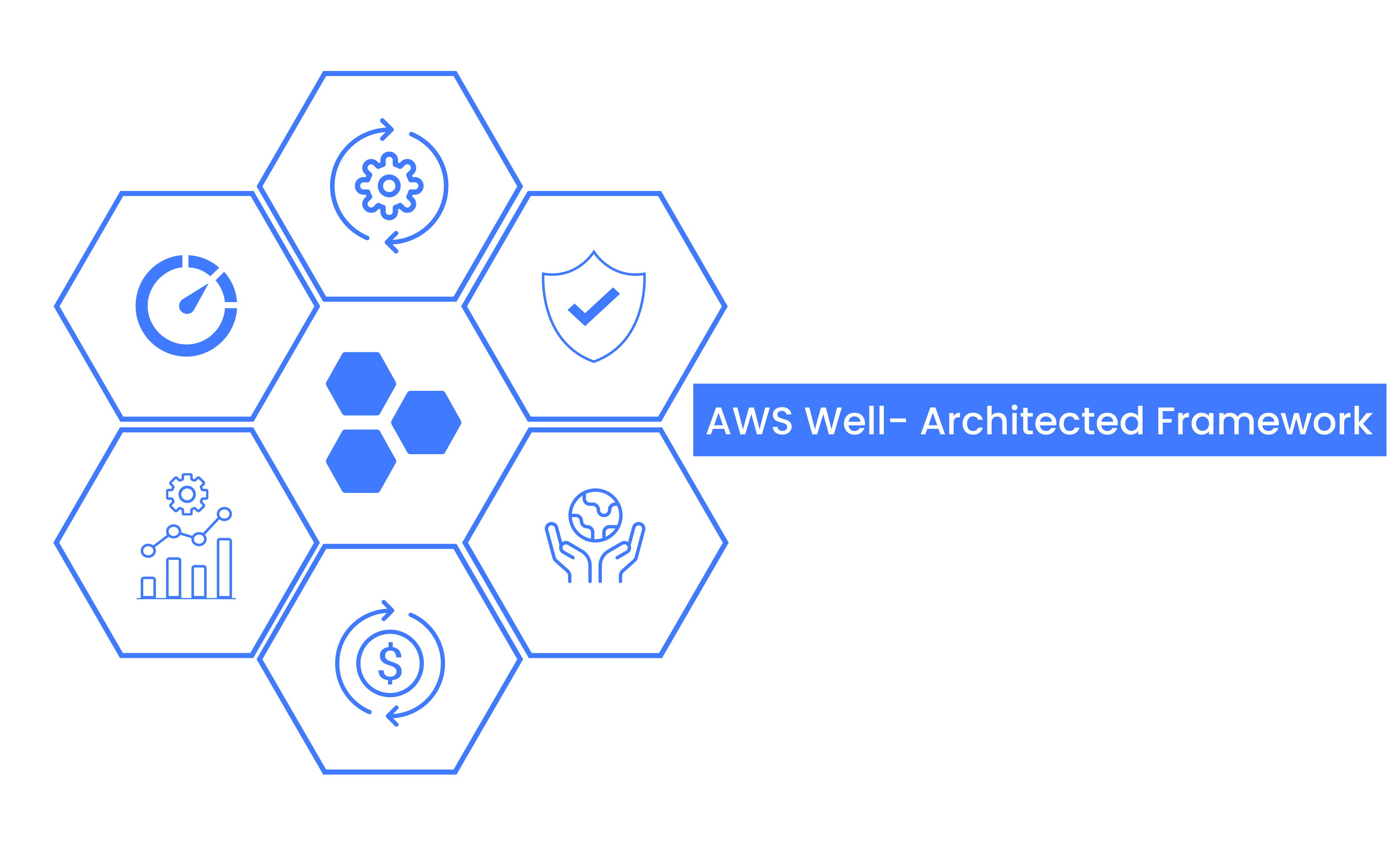
Table of contents
Open Table of contents
Introduction
As a consultant, I’ve noticed some customers are hesitant to adopt the cloud because they simply don’t know where to start. I remember the first time I logged into AWS and Azure. I got overwhelmed by the sheer number of services listed in the console. So, I sympathize with them when looking at migrating legacy systems and architectures to the cloud and understand that it can be challenging if you are not aware of best practices and proven methods. This is where the AWS Well-Architected Framework comes in handy, especially for those new to the cloud.
AWS Well-Architected Framework
The AWS Well-Architected Framework provides a consistent approach for evaluating and designing robust cloud architectures that are secure, high-performing, resilient, and efficient. It is based on six pillars:
-
Operational excellence
-
Security
-
Reliability
-
Performance efficiency
-
Cost optimization
-
Sustainability
Understanding these pillars can help newcomers and others avoid common pitfalls when architecting cloud-based systems.
Operational Excellence
Focuses on running and monitoring systems to deliver business value. This includes managing deployments, changes, and cloud operations via automation and analytics. For example, using AWS CloudFormation to automate resource provisioning consistently through code, ensuring operational excellence by reducing human error and enforcing best practices.
Security
Requires data protection, identity management, infrastructure protection, and incident response to thwart threats. In the cloud, security is a shared responsibility between AWS and the customer. For example, customers should encrypt data at rest and in transit to prevent unauthorized access.
Reliability
Entails distributed system design, recovery planning, and infrastructure redundancy to prevent and quickly recover from failures. Unlike on-premises architectures, cloud resilience often involves multi-Availability Zone deployments, such as using Amazon RDS Multi-AZ for high availability databases.
Performance Efficiency
Involves selecting high-performing architectures, monitoring performance, and tuning systems to meet business needs cost-effectively. Cloud elasticity enables optimized scaling. Auto-scaling groups can automatically scale compute resources up or down based on demand, ensuring optimal performance and resource utilization.
Cost Optimization
Aligns cloud usage and resources with business needs to avoid unnecessary expenses. Leveraging pricing models, purchase options, and cost analysis tools helps manage costs effectively. For example, reserving capacity for steady-state workloads while using on-demand instances for spiky traffic can optimize spending.
Sustainability
Focuses on minimizing the environmental impact of cloud operations and maximizing energy efficiency. AWS services are designed with sustainability in mind, such as using renewable energy sources for data centers. Customers can further contribute by implementing practices like serverless architectures, which reduce resource consumption and carbon footprint.
Conclusion
By taking the time to understand these six pillars of the Well-Architected Framework, you can build future-proof architectures suitable for the dynamic nature of the cloud. The framework provides best practices accumulated from Amazon’s own experience operating AWS services.
Rather than taking an ad-hoc approach when moving systems to the cloud, leveraging the AWS Well-Architected Framework helps newcomers and engineers implement architectures that are measurable against proven enterprise standards. This increases the likelihood of business success while avoiding costly re-work caused by not following AWS recommended best practices from the start.
For more information, check out the official AWS documentation